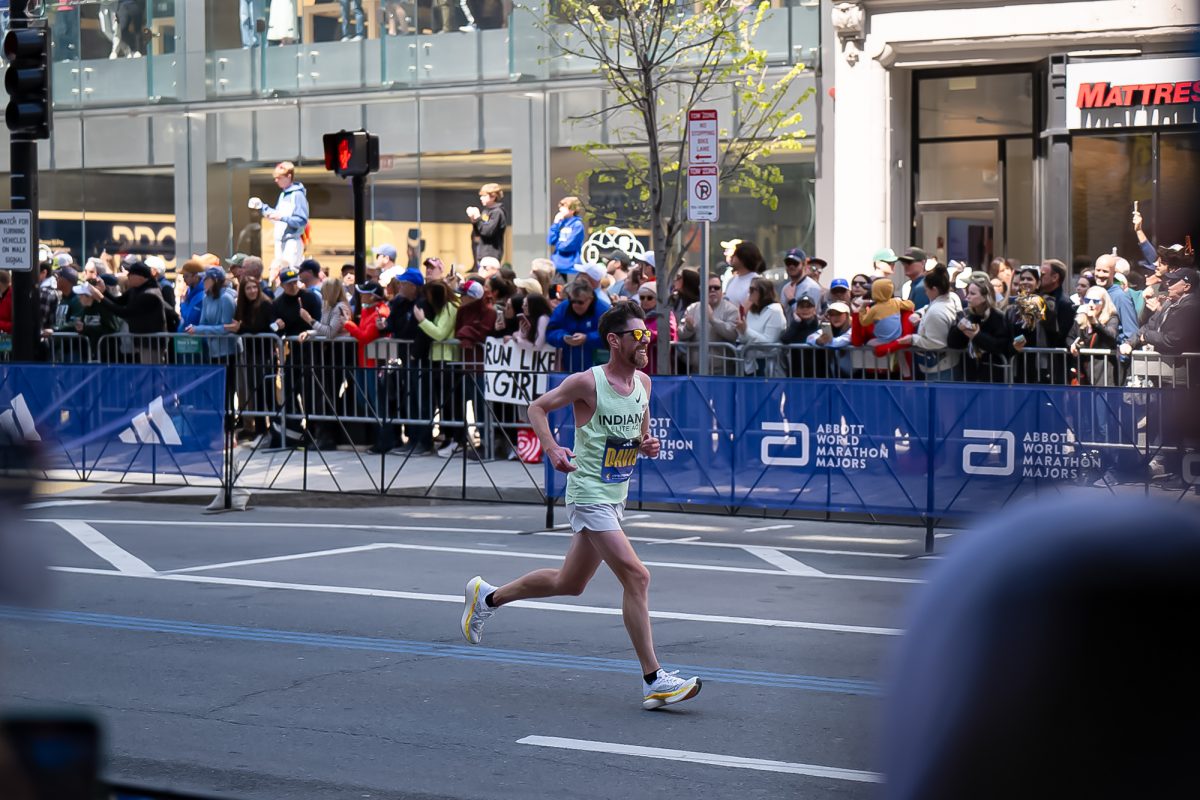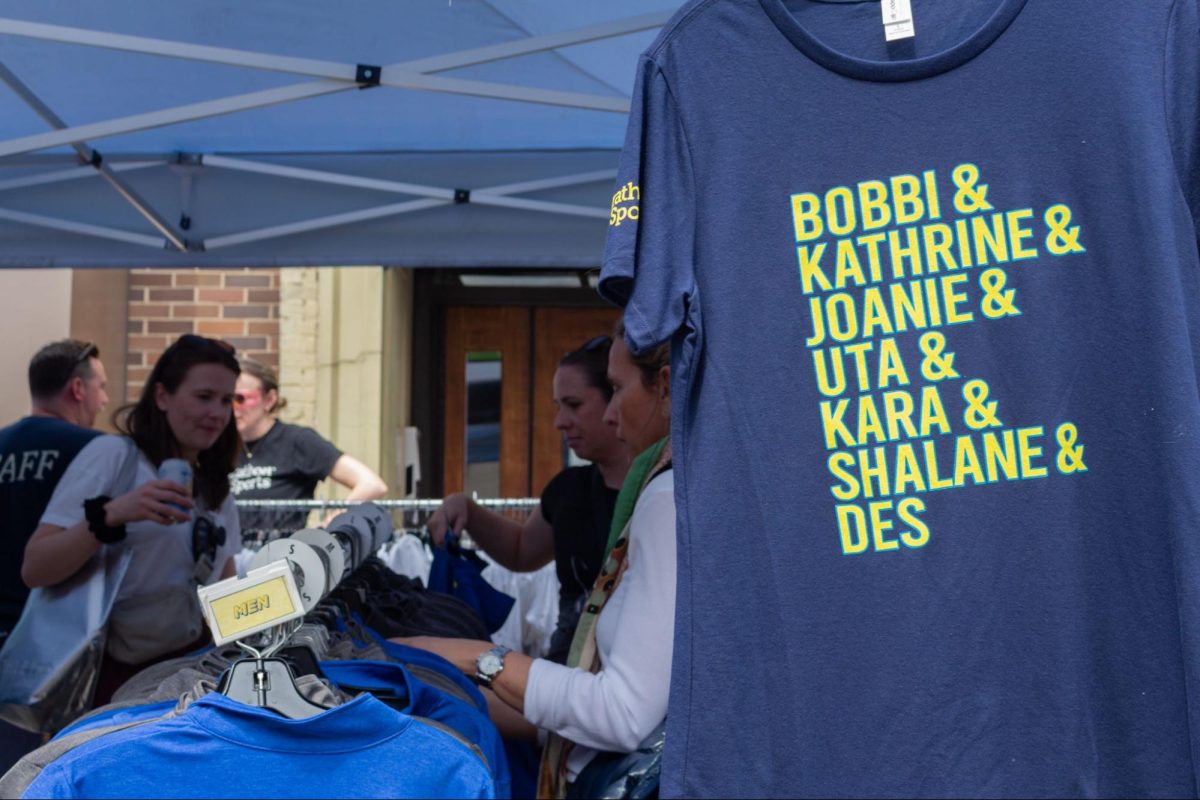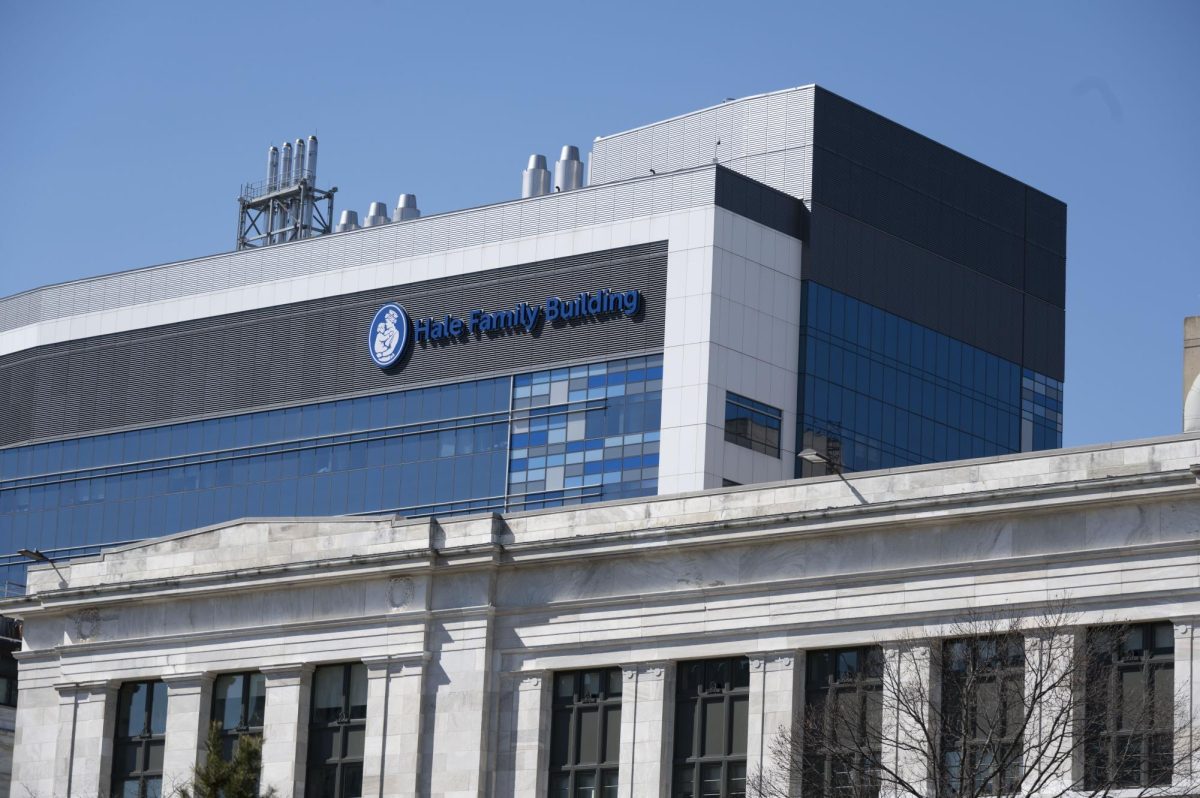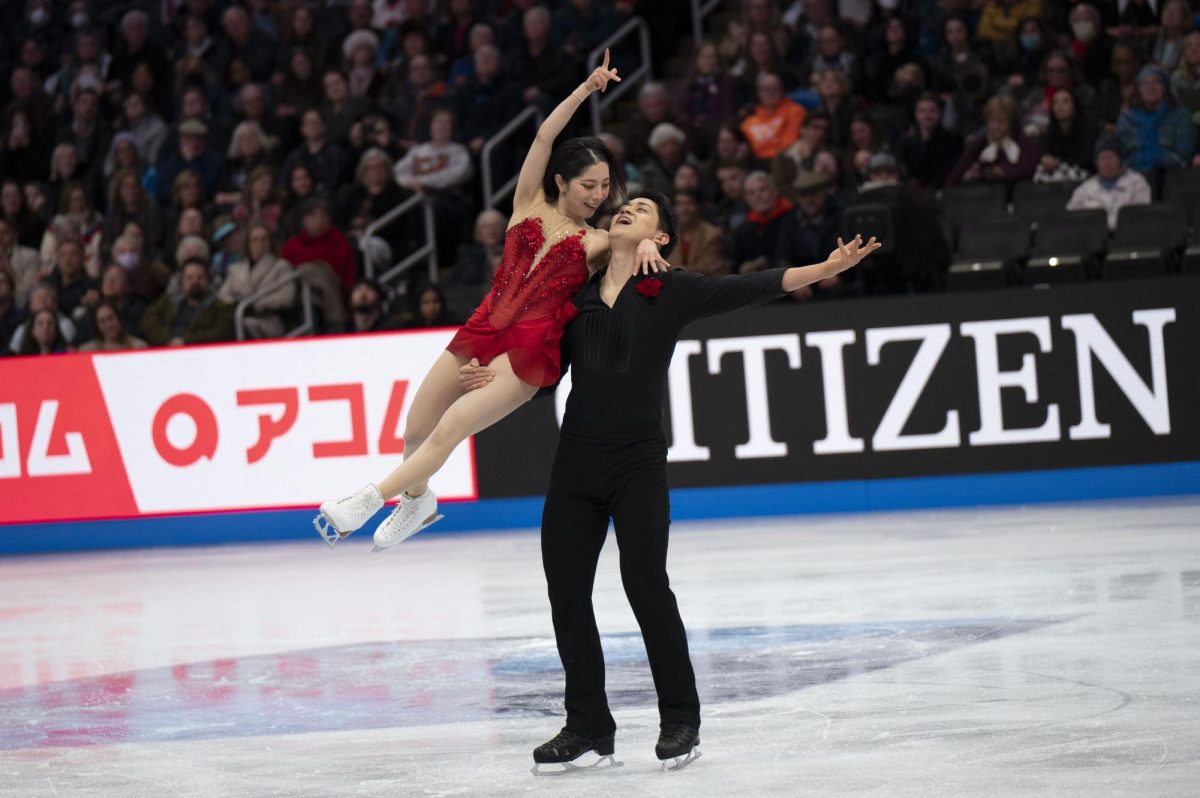By Melissa Fitzgerald, news correspondent
Boston’s first Neighborhood Innovation District Committee, part of Mayor Martin J. Walsh’s efforts to expand economic development in the city, held its inaugural meeting at Roxbury Community College last Wednesday.
Co-committee chair and chief of economic development in Boston, John Barros, described the project not in values and figures, but in terms of people.
“It’s about human development, human capital development, building and maintaining talent throughout Boston,” Barros said. “The committee is about more than just Boston. It will also help establish stronger regional relationships with our neighbors… we will share ideas, people and businesses.”
The committee will work to invest in transportation and housing as well as continue education and regulatory aspects like streamlining, permitting and zoning, according to Barros.
Edward Glaeser, also a committee chair and a professor of economics at Harvard University, praised the uniqueness of this committee.
“It was an idea that came out of a town meeting… and I think I fell in love with that idea of doing something that was a different mode of an innovation district – an innovation district that was in a neighborhood, that was inclusive, that the aim was to lift up a broader spectrum of Bostonians, not just for their benefit, but for all of our benefit,” Glaeser said.
The committee chairs stressed that the meeting at Roxbury Community College was only an introductory meeting and the first time the committee was meeting as a group.
That group includes Chris Dudley, executive director of the Dudley Street Neighborhood Initiative; Mel King, former Massachusetts state representative; Valerie Robenson, president of Roxbury Community College; and Alex Oliver-Davila, executive director of Sociedad Latina, among others.
Many members tried to define innovation as it applied to their own lives.
“Innovation has no borders, no color, no place. It can happen anywhere,” former Zipcar CEO Scott Griffith said.
However, Charlayne Murell-Smith, vice president of External Relations & Corporate Development at the Boston Children’s Museum, had a different idea: she defined innovation as “what is alive and well in all children.”
Regardless of disagreements surrounding the origin of innovation, its implementation became a more serious concern. Committee members Oliver-Davila and King both voiced concerns about potential developments that could displace residents.
“[We don’t want to be] innovating [sic] a lot of people out of the community,” King said.
The committee has split the 27 members into four subcommittees: neighborhoods, education and inclusiveness, encouraging entrepreneurship and physical infrastructure.
After introducing the subcommittees, the group decided that their agenda would include choosing which neighborhood to start with, taking inventory of the programs that already exist, identifying the small businesses that are already out there and thriving and investing in both public and private sectors of society.
William Dickens, professor of economics at Northeastern University, was recruited by Glaeser to join the committee as a member of the Inclusiveness and Education subcommittee.
“One of the best ways to improve inclusiveness is to get the Boston public schools involved,” Dickens said.
He added that he cannot yet guess any hopes of achievement or potential difficulties that lie ahead.
There will be two more general meetings with all the members, as well as separate meetings with each of the four subcommittees, all of which are open to the public. In addition, there will be listening tours throughout the city to hear those who are least likely to come to meetings, according to Glaeser.
Glaeser and the other committee members are enthusiastic about the potential the Neighborhood Innovation District Committee has for local innovation.
“We’re hungry for brilliance,” Glaeser said.
Photo by Maria Amasanti









